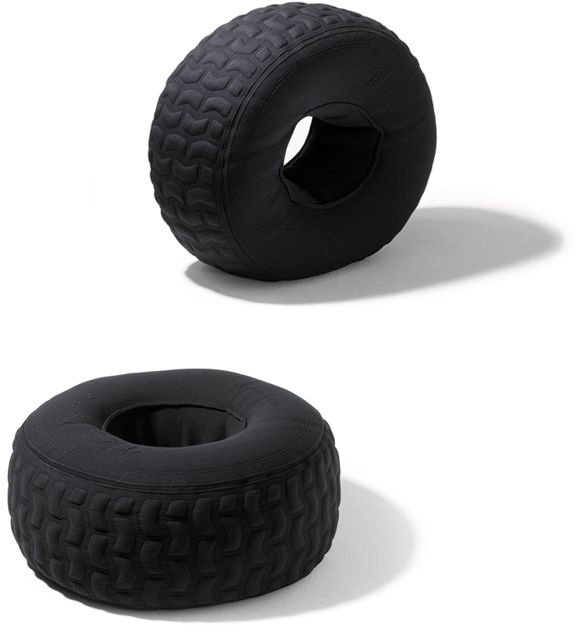0 Flares 0 Flares ×
A few weeks ago, I ran a featured truck story that used bead balancing to keep the tires balanced. I had never heard about bead balancing and by our reader’s responses, neither did they. Here is what they are, how they work and our take on them.
Balancing beads like these Dyna beads are used to balance out the wheel.
The featured truck, Project XU, uses SS M-16 40×14.5R 24 tires from Interco. These monstrous wheels are for a 24×10 rim and weigh an incredible 93 lbs. For reference, the majority of Tundra owners have either 255/70 R18 or 275/65 R18 tires that weigh around 40 lbs. The increased weight and size makes tire balancing a bit more a chore.
With the prospects of a difficult time getting the tires balanced properly, Project XU owner Eric Johnson decided to try to something different. He bought 18 oz of balancing beads. This, in his words, self-balanced the tires as he drove home and he didn’t need to mess around getting them balanced (normally a big deal with large and heavy tires).
This got us wondering, what are balance beads and if they work so well why doesn’t everyone use them? Our initial research lead us to Innovative Balancing. They offer “dyna beads” that propose to do tire balancing without the machine. According to the website:
Wheel weights have been around for many years, but are no longer the only solution for trucks, commercial vehicles, trailers, aircraft and motorcycles. We want you to get the highest possible tire mileage by using our products.
The way we do this is by offering a Dynamic Balancing Solution, a high-density ceramic bead that, when easily installed, continuously balances your tires as you drive. The amount of material will distribute itself in weight and position dependent on the balance requirements of the individual tire.
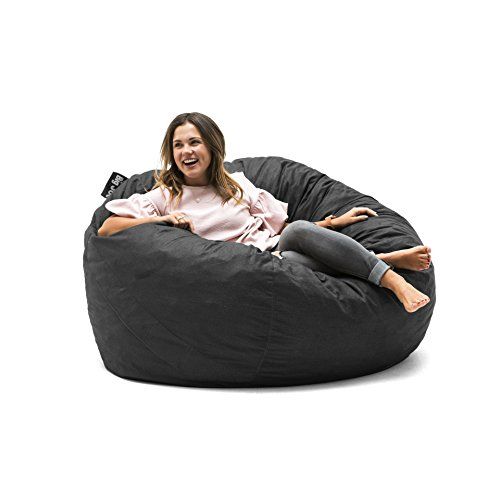
The result is a smooth, vibration-free ride, derived from our balancing media that is always repositioning itself as the tire wears. If you own a pickup truck, commercial truck, motorhome, RV, tractor trailer, motorcycle, or similar vehicle, and want to get rid of those wheel vibration and tire cupping problems, then you need to move up to Dyna Beads®!
The site goes on to separate the products out for tractor trailers, large RV’s, off-roaders and even motorcycle owners.
Also, Innovative Balancing sells their Dyna Beads by the ounce with a range of 1 oz. for $3.99 or 20 oz. for $42.00. Eric Johnson said he bought 18 oz. and the closest price we can find on Innovative Balancing is 16 oz. for $33.60.
Head editor and engineer degree holding Jason Lancaster weighs in:
Wheel balance is achieved when both a) the angular momentum of the wheel is largely consistent with the direction of travel and b) the center of mass of the wheel/tire assembly is located in the geometric center of the assembly.
By increasing the rotating mass of the wheel a few ounces (from 5-20 oz), you’re dramatically increasing the amount of force needed to create a momentum imbalance. It’s not that you’re “balancing” the wheel, you’re just making the imbalance harder to feel/notice.
What’s more, if we assume a tire is mostly round as it rotates at speed (and I think that’s a safe assumption), than the extra weight evenly distributed along the inside of the wheel helps to move the center of mass closer to geometric center.
Here is a video that shows how Dyna Beads work.
One of our questions is: if they work as good as you claim, why not use them in all tires like passenger cars?
Innovative Balancing says “the answer is that the majority of today’s passenger cars use a totally different tire style than what was the norm 15 years ago. Today’s tires are wider, flatter and closer to the rim (lower aspect ration) than older tire styles. This newer style brings a different type of balancing problem to the dealer, that being lateral imbalance.
Also, if you have low-profile tires, that being any tire with an aspect ratio 65 or below, you may have balancing issues that precludes using Dyna Beads as the sole balancing method.
Officially, Innovative Balancing doesn’t advise using Dyna Beads in any tire with an aspect ratio 65 or below unless used in conjunction with weights.
The reason for this is that this tire has a higher incidence of lateral imbalance, which is basically that one side of the tire is heavier than the other side, creating a “wobbling” effect, or “shaking” of the steering wheel. This type of imbalance normally can only be corrected by careful placement of traditional weights on the wheel rim.”
The big question with these beads is do they really work? Depends on who you ask.
Innovative Balancing says they work by:
Also, Carol over at Innovative Balancing says that while the physics is sound, all circumstances are different and every set of tires can have their own issues.
We reached out to a long-time SEMI driver, who said:
They aren’t that common and there’s really nothing that says they’re effective. I’ve heard of them a lot more in offroad vehicles than in semi-trucks. Usually where the tire and rim are so large that clamping on weights is not really feasible (tire overruns the rim or rim has bead locks). I don’t think they work to balance the tire so much as they do to counter the vibration by absorbing some of it with kinetic energy.
Jason weighed in with:
 This makes any small imbalance in the tire much harder to feel.
This makes any small imbalance in the tire much harder to feel.So basically, they work, but not because of the reasons given on the InnovativeBalancing.com website. They just add weight to the tire tread in a very even manner.
If there’s a downside to these beads, it’s that they increase the rotational mass of each wheel by a large margin. That is going to reduce acceleration and hurt fuel economy…so I wouldn’t use these unless I absolutely had to.
Lastly, remember that Eric Johnson uses them and says they work well.
What do you think? Do you think they would work or is it just hogwash?
Related Posts:
2013 Toyota Tundra Project XU – Featured Truck
Truck Beadlock Wheels – What They Are and Why You Probably Don’t Want Them
Tags: bead balancing • dyna beads • offroad tire balancing • tire balance • tire weights
MeBalancing the tires of your vehicle is an essential maintenance task since this allows overall weight distribution to your wheels and tires.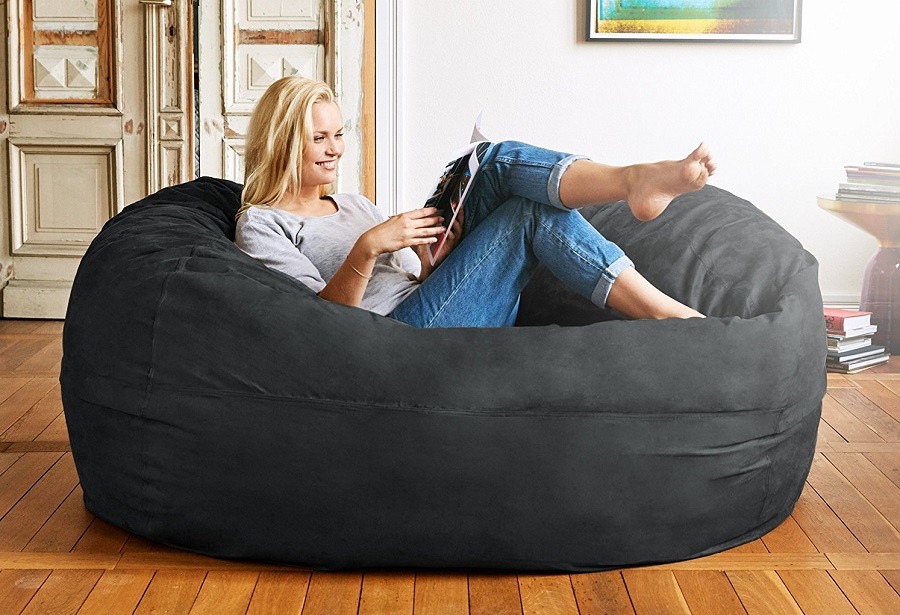 Without a balancing method, you’ll cause uneven tire tread wear and further degradation to your fleet’s performance.
Without a balancing method, you’ll cause uneven tire tread wear and further degradation to your fleet’s performance.
A common question we hear about balancing your vehicle’s wheel and tire is, “why should I use balancing beads instead of weights?” or “are wheel balancing beads worth it?” These are great questions!
Balancing beads have a more positive impact than weights since beads stabilize the axle, tire, and wheel more evenly. Let’s dig in.
To make the right decision over which type of balancing method applies best to your vehicle, it’s important to consider all of the pieces that must be balanced, as well as learning the differences between balance beads vs weights:
Weights come in a plaque shaped option. They are made of different materials such as zinc, lead, and steel. More of their characteristics are:
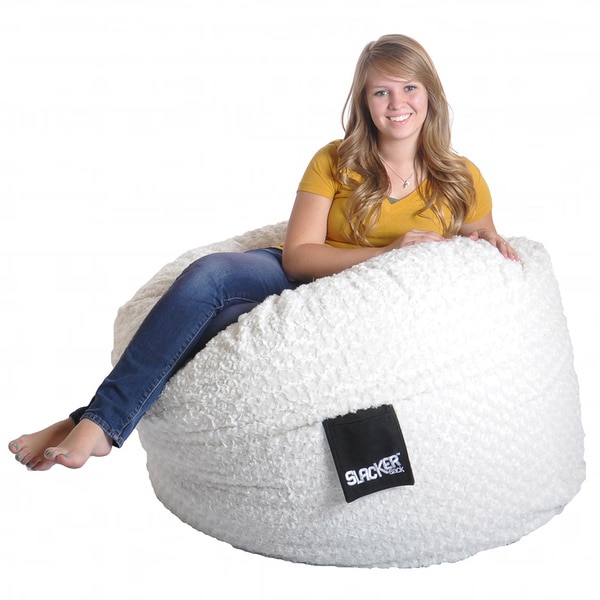
With the advances in technology on balancing beads, more and more fleets consider this balancing method their best option. They have shown plenty of positive effects on the performance of wheels and tires. Furthermore:
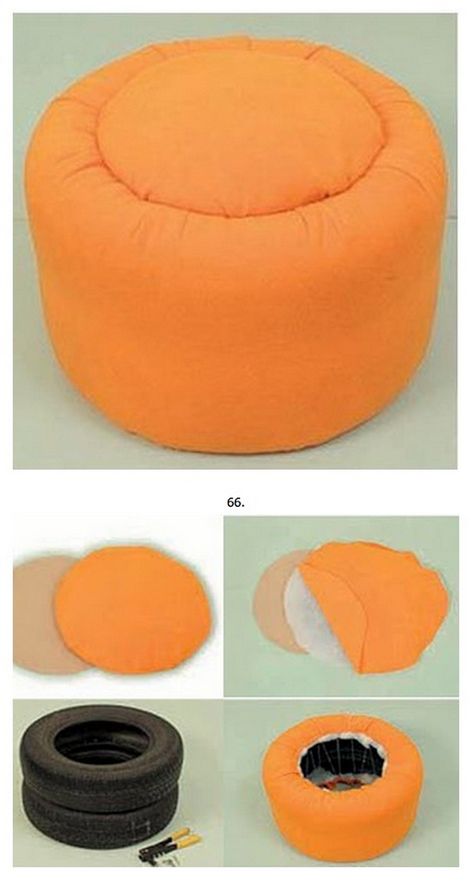
As you can see, with balancing beads, you’ll potentially increase your vehicle’s tire performance. Don’t hesitate more and get the balancing beads for the sake of your vehicle.
At ABC Balancing Beads, we offer a unique memory technology in tire balancing beads. We even differ from other traditional wheel balancing beads in the marketplace because our electrostatic charge allows our tire balancing beads to remain stabilized and in place even at a stop. They’ll enable a completely balanced axle in the tire, wheel, and all the moving components of the wheel assembly for the life of the tire.
Our balance beads will deliver nothing more than high-quality results at all times, not just at highway speeds.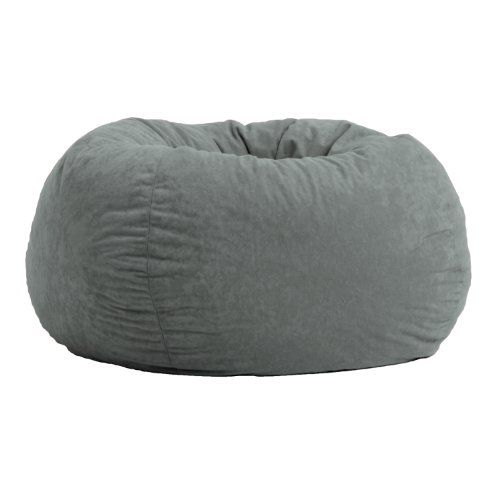 Get in contact with us today and have the best vehicle balancing experience.
Get in contact with us today and have the best vehicle balancing experience.
LADA
UAZ
KIA
Hyundai
Renault
Toyota
Volkswagen
Skoda
BMTs
BMAN
BMARS
BMAN
Mitsubishi
Mazda
Ford
All brands
Related materials
Seasonal tire change: everything car owners need to know
To begin with, a small educational program. Balancing is the alignment of the center of mass of the wheel with the axis of rotation. In this case, the loads are fixed opposite the heavy part of the wheel. This is the definition of static balancing. And since the wheel is not a thin disk, but rather a wide roller, the so-called dynamic balancing is necessary, when loads are placed both on the outer and on the inner parts of the wheel disk.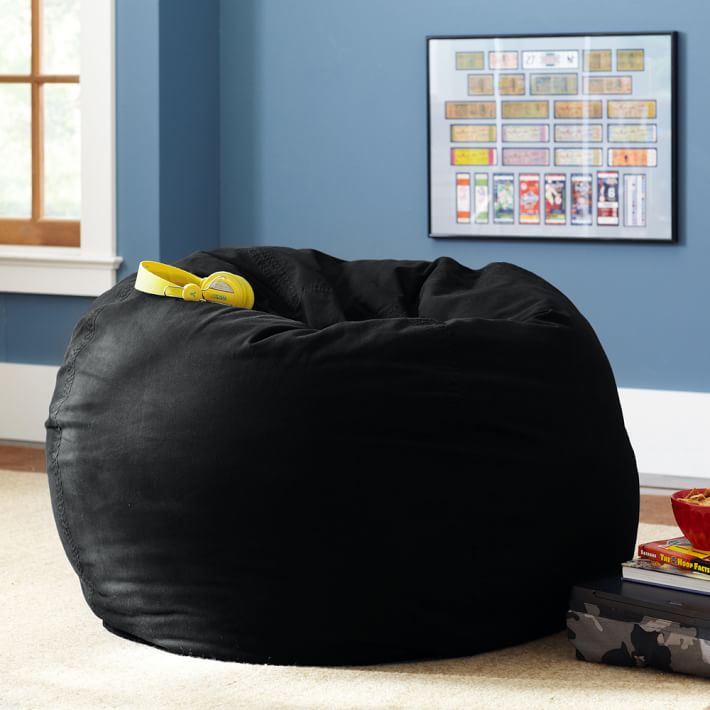 Naturally, the wheels need to be balanced immediately after mounting the tire on the rim: after all, the imbalance can reach 50–60 g on each side. If it turns out more, then it makes sense to "twist" the tire relative to the disk, ensuring their mutual rotation by 180 degrees. With this initial balancing, tire workers provide an imbalance of less than 5 g per side. It is believed that a new tire is capable of slightly changing its position on the disk in the first kilometers, and therefore the balancing will go away a little.
Naturally, the wheels need to be balanced immediately after mounting the tire on the rim: after all, the imbalance can reach 50–60 g on each side. If it turns out more, then it makes sense to "twist" the tire relative to the disk, ensuring their mutual rotation by 180 degrees. With this initial balancing, tire workers provide an imbalance of less than 5 g per side. It is believed that a new tire is capable of slightly changing its position on the disk in the first kilometers, and therefore the balancing will go away a little.
Now let's turn directly to our topic. If you alternately install either winter or summer tires on the same wheels, then you cannot avoid balancing. There is nothing to argue about here. The question of balancing every season arises only for those car owners who have two complete sets of wheels: summer and winter.
Related materials
Routine work that everyone ignores (and in vain!)
So, should the wheels be balanced at every seasonal change?
If you approach the process formally, then you should remember the instructions for the car. It is usually recommended to balance the wheels after a run of 10,000 to 15,000 km. If you drive less in one season, then you definitely shouldn’t balance, except for the cases specified below.
It is usually recommended to balance the wheels after a run of 10,000 to 15,000 km. If you drive less in one season, then you definitely shouldn’t balance, except for the cases specified below.
But this is in theory, but in practice I advise you to monitor the behavior of the car. If there is no noticeable beating of the steering wheel, then balancing is not needed. The beating of the rear wheels is felt less, but they usually suffer less often. In any case, you should feel a strong imbalance.
If you change your own wheels twice a year, the following recommendation applies. Put the wheels on and ride for a couple of days. During this time, the tire will get rid of the deformations that occurred during storage. If there are no vibrations at any speed with which you drive, balancing can not be carried out.
Related materials
10 procedures without which it is better not to drive
Balancing is required in the following cases:
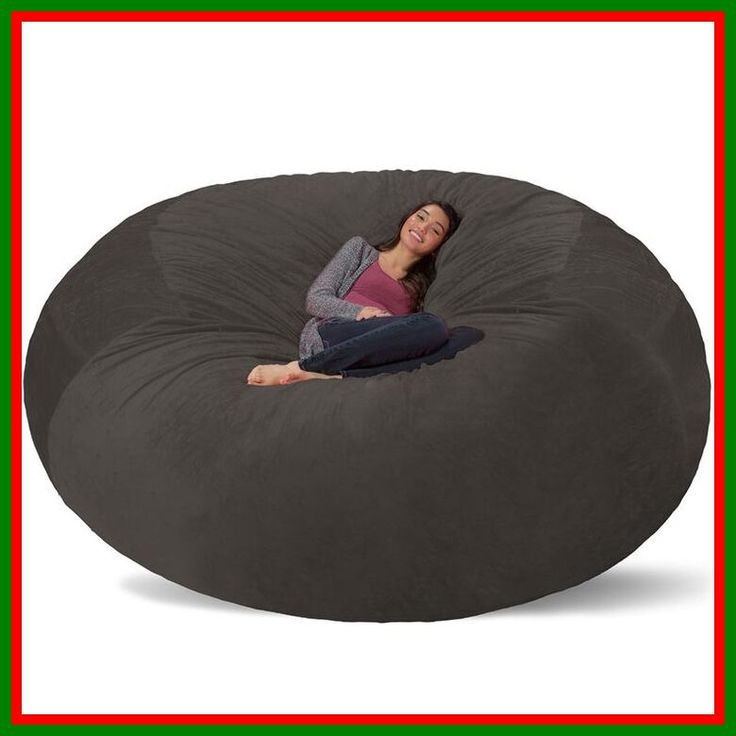
Photo: depositphotos.com
Our new video
These 5 things you should have in your car in winter. Do you have them?
The most coveted Volga: 7 seats and a TV inside
Kangaroo test: our assembly, Chinese essence, Largus price
Like this note? Subscribe and you will always be in the know!
Driving on Yandex.Zen
Photo: AutoVzglyad
Motorists know that unbalanced wheels cause unpleasant vibrations and wobbles in the car. Before installation, the tires and wheels assembled together must be sent to a balancing machine, where the tire fitting master hangs weights on them, thereby eliminating wheel imbalance. However, not everyone knows that wheels need balancing much more often than when changing tires.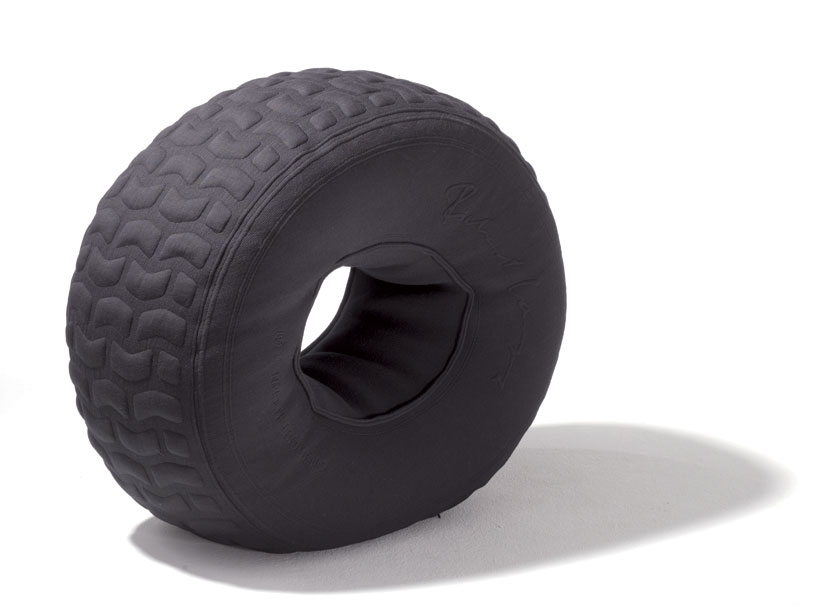
Efim Rozkin
Unfortunately, no wheels have yet been invented that do not need balancing. Both the tires and the rims on which they are mounted are not ideal in terms of balance. And if such wheels are installed on a car, then vibrations, hum and beating in the steering wheel will not take long. Moreover, the imbalance can be not only congenital, but also acquired during the operation of tires and disks - damage, uneven abrasion and other factors also provoke wheel imbalance. Beating can be provoked even by decorative caps that were installed after balancing. In general, if you feel that at speed the car began to generate vibrations in a strange way, then it's time to visit a tire shop to sort out the problem.
Specialists can easily determine which wheel has a problem by installing them on a special wheel balancer. At the moment of rotation of the wheel, the machine determines the place on it, where and how much weight it is necessary to put the weight. Traditionally, weights are molded on the inside of the wheel - it's more aesthetically pleasing.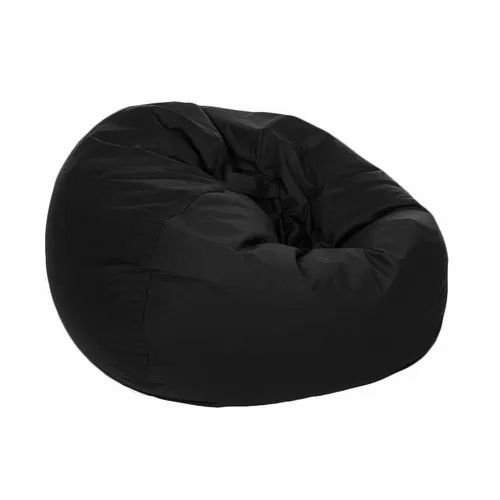 However, there are severe cases when compensating weights on the outer part of the wheel are indispensable. But here you don’t have to choose - safety.
However, there are severe cases when compensating weights on the outer part of the wheel are indispensable. But here you don’t have to choose - safety.
As a rule, wheel balancing is recommended every 10-15,000 kilometers. However, you need to understand that this is an ideal case. In fact, it all depends on the driving style of the driver, his accuracy and, of course, the condition of the roads in the region where the car is used. Therefore, it is best if wheel balancing is carried out at each seasonal tire change. Moreover, this must be done, even if each set of rubber has its own set of disks. But this is not a panacea either.
Photo: AvtoVzglyad
For example, winter studded tires tend to lose studs. And this process causes wheel imbalance. In addition, in winter, roads lose part of the asphalt, and motorists are forced to move along potholes and outright pits. At the same time, the tires and wheels of the car experience the strongest load, which does not always pass without a trace. Therefore, it will be better if you make it a rule to visit a tire shop once every 5000 km.
Therefore, it will be better if you make it a rule to visit a tire shop once every 5000 km.
Fans of racing are recommended to visit the master every 7-8 thousand km. Here it is necessary to check not only the balance, but also the condition of the tread and the tire carcass. Aggressive driving requires more responsibility. Including in relation to the wheels, which during extreme use, as in the case of winter operation, experience high overloads. And if non-specialized tires designed for aggressive driving are installed on the car, then it is necessary to check their condition much more often.
Tire repair is also a reason to balance the wheel. Even a small patch brings confusion to the balance. And its negative impact must be offset by a counterbalance.
In general, no matter how much you would like to, but you need to call in and spend money on tire fitting a little more often and a little more. If you ignore this procedure, then in addition to parasitic vibrations and beats that appear at different speeds, uneven and, moreover, rapid tire wear occurs.